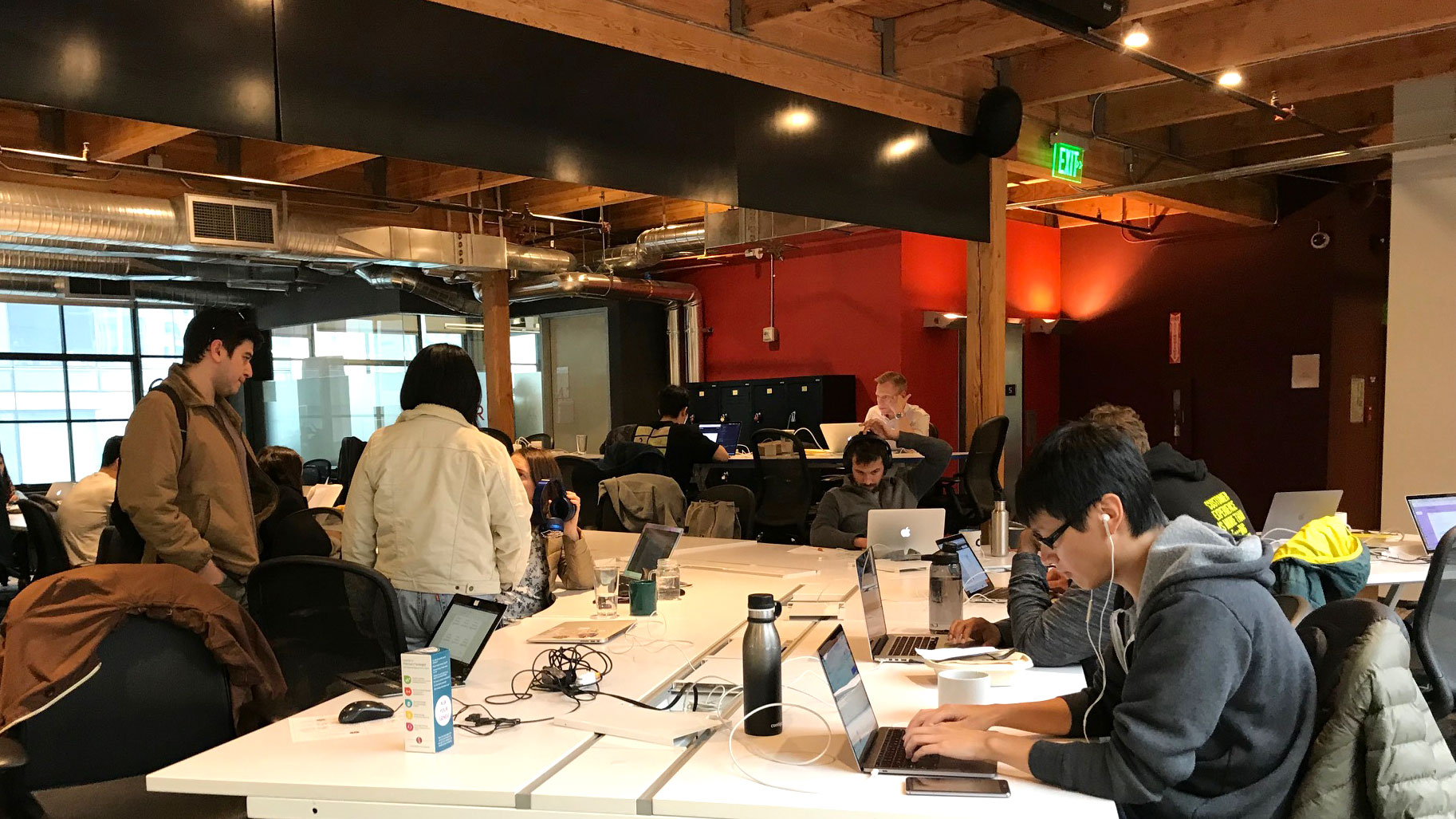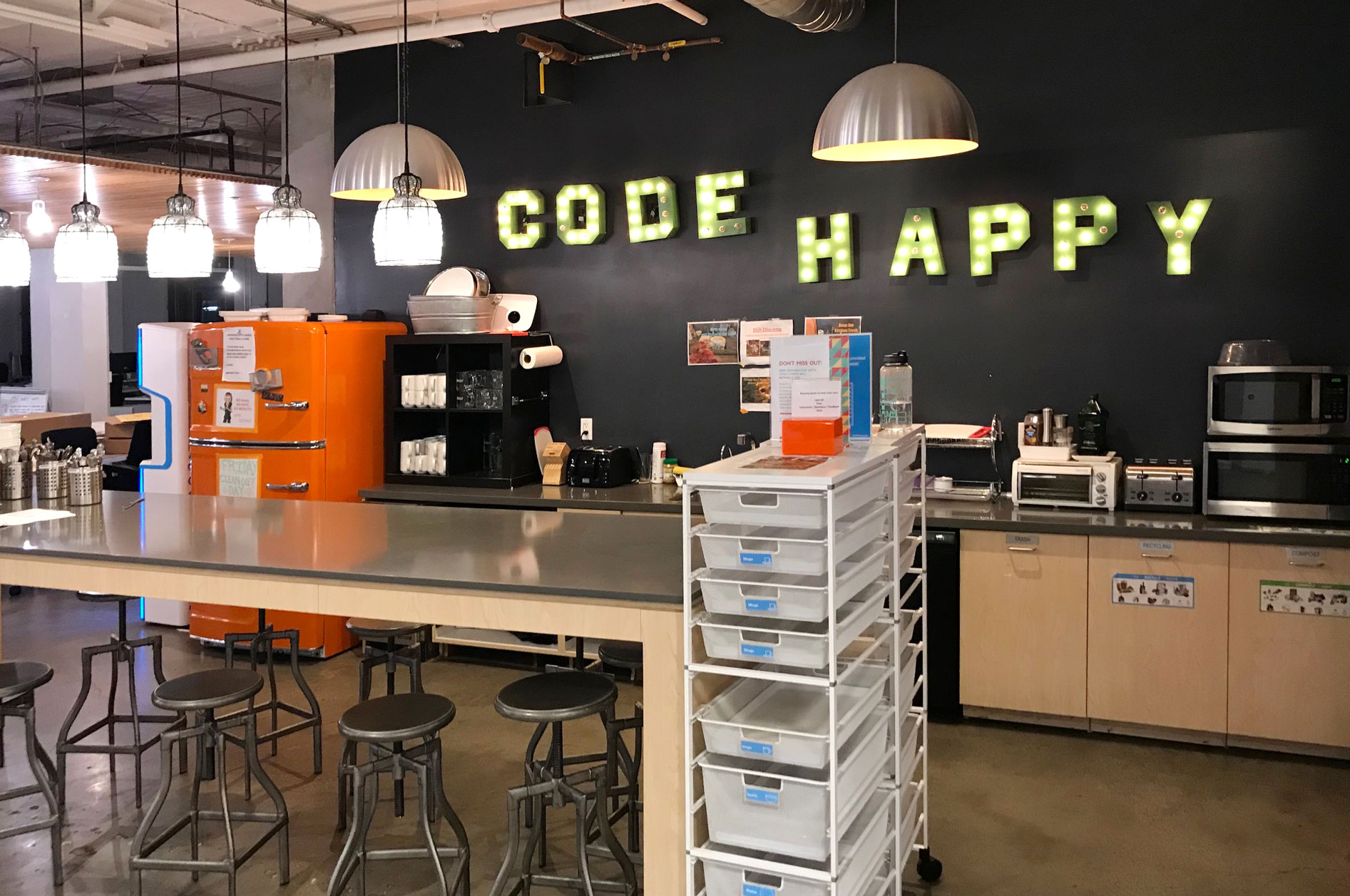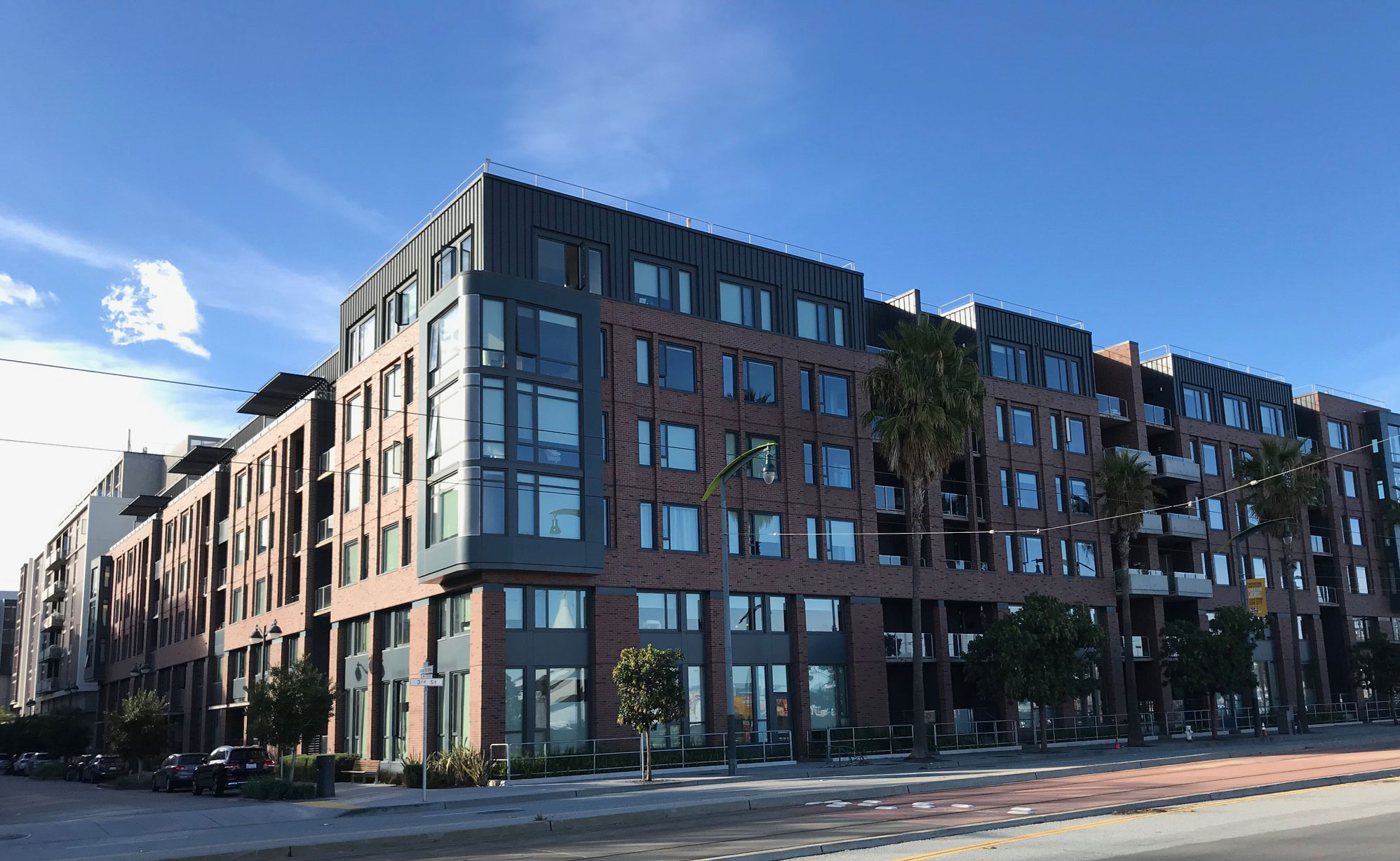How the home is being disrupted

Things I have observed in the Bay Area, where nearly 7 million people live on a 100 km strip along the coast….
- The home is becoming standardised…the economy of scale has reached construction!
- Living is becoming divided…co-living has arrived!

In the Bay Area people change jobs frequently – with both companies and employees regarding this as a benefit: companies receive access to the precise know-how that they require in this stage of their corporate development. Employees choose the tasks and teams that they wish to join. Job hopping is accompanied by a high level of flexibility regarding housing, the residential environment and location. Just as people rapidly familiarise themselves with new colleagues and offices, they also swiftly find their bearings in their new residential environment.

A further impulse for this trend is undoubtedly the skyrocketing rents in the Bay Area. These force people to share their housing, a practice no longer restricted to students, but also common amongst high-earning employees in the digital sector. Some are forced to share a home for economic reasons or simply due to the lack of available housing. Many have also subsequently discovered the benefits of this and remain in this housing model.

Building owners and general contractors are following this trend and consequently realising numerous projects: Existing properties in central locations are being converted into co-living spaces and districts in medium-sized towns are being redesigned for shared living. Enormous residential parks are rising up on greenfield sites, following the same concept. All services that the residents require relating to living and working are provided. Service providers – whether these are people, electronic services or robots – assume many tasks on behalf of the residents, who become users. In the scope of this project construction becomes standardised and industrialised – I will report on this separately.


Life on subscription – this can be seen in many areas of life here on the west coast of the US – particularly with regard to living. Food deliveries to the home, top-quality convenience food at the local store, cleaning service for shirts, home and car as well as electronic concierge services, individual package boxes for residents – all of these are commonly found here. In brief: “living as a service” is reality here. My theory is that all of this will also come to Europe. Why? – prosperity is rising worldwide – and with it the desire for a new and highly flexible customer experience. From ownership to experience – this is evident in many areas of life today and will also become common in big European cities. Very soon!
Who would have thought ten years ago that “consumers” would become “users”, making their private lives public worldwide? – this is reality today. Who would have thought that Germans would share their cars with numerous other people? – this has also become reality. It is becoming increasingly apparent that the global increase in prosperity is also leading to similar requirements amongst people. Smart phones are leading a harmonisation of desires and lifestyles. We will also experience this in urban living in Europe!


